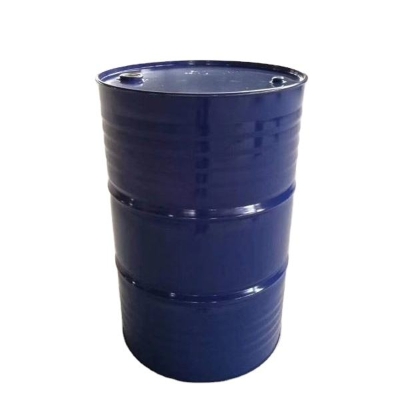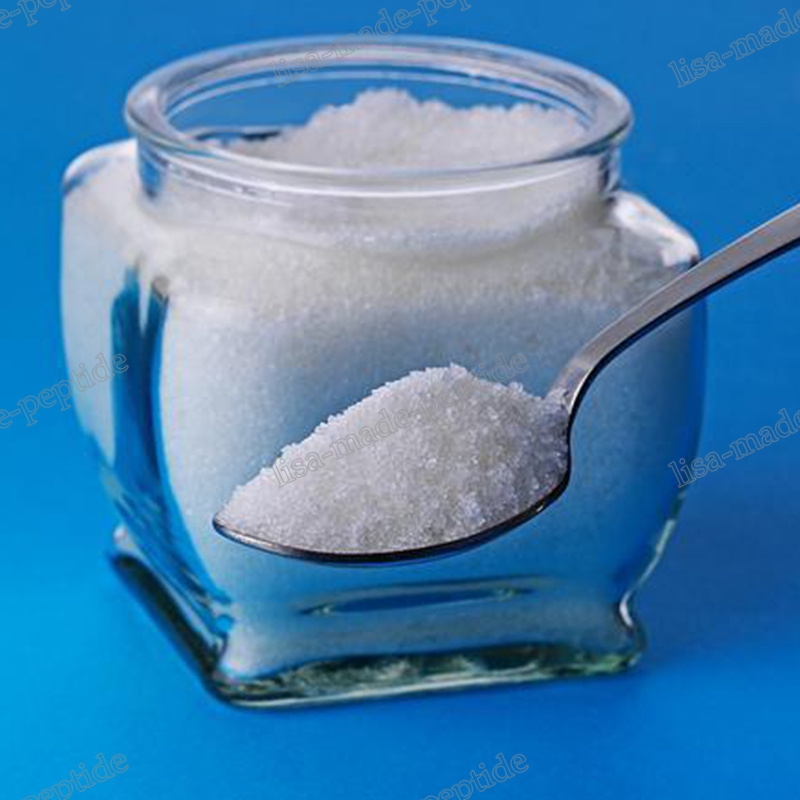-
Categories
-
Pharmaceutical Intermediates
-
Active Pharmaceutical Ingredients
-
Food Additives
- Industrial Coatings
- Agrochemicals
- Dyes and Pigments
- Surfactant
- Flavors and Fragrances
- Chemical Reagents
- Catalyst and Auxiliary
- Natural Products
- Inorganic Chemistry
-
Organic Chemistry
-
Biochemical Engineering
- Analytical Chemistry
-
Cosmetic Ingredient
- Water Treatment Chemical
-
Pharmaceutical Intermediates
Promotion
ECHEMI Mall
Wholesale
Weekly Price
Exhibition
News
-
Trade Service
On October 12, the National Development and Reform Commission issued the "Notice on Further Deepening the Market-Based Reform of On-grid Electricity Prices for Coal-fired Power Generation" (referred to as the "Notice"), which will be implemented from October 15, 2021
.
In addition to expanding the current floating ratio to 20%, it is also specially proposed that the transaction price of high-energy-consuming enterprises will not be subject to a 20% increase
.
Affected by the dual energy consumption control policy in the early stage, the prices of many chemical products have been rising continuously
.
The electricity price adjustment policy will inevitably have a far-reaching impact on the market, forcing the accelerated transformation of high-energy-consuming industries
.
The price of coal and electricity is upside down, and the market-oriented reform of electricity price is accelerated
The "Notice" pointed out that the on-grid tariff for all coal-fired power generation should be liberalized in an orderly manner
.
In principle, all coal-fired power generation enters the electricity market, and the on-grid electricity price is formed through market transactions within the range of "base price + fluctuation"
.
The current benchmark price of coal-fired power generation continues to be the benchmark for the formation of new energy power generation prices
.
In addition, expand the fluctuation range of market transaction electricity prices
.
The floating range of the coal-fired power generation market transaction price will be expanded from the current floating range of no more than 10% to no more than 15% in principle, and expanded to a floating range of no more than 20% in principle, and the market transaction price of high energy-consuming enterprises is not subject to a 20% increase limit
.
The spot price of electricity is not subject to the above range limit
.
In the previous period, large-scale power cuts and blackouts across the country, and the inversion of coal prices and electricity prices is one of the reasons
.
The person in charge of an electric power company in the south revealed that the thermal power generation of the enterprise will lose seven or eight cents for each kilowatt-hour of electricity generated
.
If the unit generates electricity at full capacity, the power plant will lose millions of yuan a day
.
The power shortage has impacted industrial production, including the chemical industry
.
High-energy-consuming industries face heavy blows again
Wan Jinsong, director of the Price Department of the National Development and Reform Commission, pointed out that this reform will help guide the market transaction price of high-energy-consuming enterprises to rise more, which can more fully transmit the upward pressure on power generation costs, curb unreasonable power consumption, and improve power supply and demand.
It is also conducive to promoting high energy-consuming enterprises to increase investment in technological transformation, improve energy utilization efficiency, and promote the transformation and upgrading of industrial structure
.
On the whole, the increase in electricity prices will increase the cost of high-energy-consuming enterprises more, and PVC in chemicals will be the most affected
.
In addition, the energy consumption dual-control indicators are red warning provinces with higher demand for electricity price hikes
.
At present, the cost of chemical enterprises continues to increase, and they have been forced to increase the ex-factory price
.
Since September, some products have reached the level of one price per day.
For example, with the sharp rise in the price of raw metal silicon, the price of organic silicon monomer has risen in a straight line.
At the end of September, the domestic quotation was higher than 60,000 yuan/ton, and the rate and speed of this price increase were unprecedented
.
The price of polyvinyl chloride jumped to the 10,000 yuan mark in September this year, and also hit a record high.
Due to the "double control of energy" resulting in limited production of calcium carbide and short supply in the market, the price of calcium carbide rose from 3,000 yuan/ton in September last year to September this year.
7,000 yuan/ton per month
.
Other products include: in late September, methanol futures prices exceeded 3,200 yuan/ton, a new high since November 2018, LLDPE in polyolefins exceeded 9,000 yuan/ton, soda ash continued to rise to more than 3,100 yuan/ton, and MDI was high.
At 21,000 yuan / ton and TDI higher than 13,000 yuan / ton, the prices of many products increased by more than 10% in September
.
The electricity cost of chemical fertilizers, chlor-alkali, calcium carbide, coke and other high-energy-consuming chemical enterprises accounts for more than 50% of the product cost
.
If the price of electricity is raised, the company may adjust the price again, and may fall into the dilemma of having a price without a market
.
Especially for chemical fertilizer companies, because of their involvement in agricultural production, the state has stabilized fertilizer prices and ensured the supply of the market
.
Some provinces have released stepped electricity prices for high energy-consuming industries
Up to now, some provinces have issued guidance prices for electricity charges for high-energy-consuming enterprises in the province
.
On October 9, Inner Mongolia issued detailed rules for transaction electricity prices.
Among them, the electricity price of calcium carbide and PVC industry was increased by 0.
25 yuan/kWh on the basis of 0.
3112 yuan/kWh, and the cost of PVC per ton of calcium carbide method in the region increased by more than 1,000 yuan
.
On October 3, the Zhejiang Provincial Development and Reform Commission issued the "Implementation Opinions of Zhejiang Province on Establishing and Improving the Ladder Electricity Price of High Energy-consuming Industries and the Penalty Electricity Price for Exceeding the Energy Consumption Limit Standard of Unit Products (Draft for Comment)", which pointed out that the range of tiered electricity price increases is eight major.
High energy-consuming industries (textiles, non-metallic mineral products, metal smelting and calendering, chemical raw materials and chemical products manufacturing, petroleum coal and other fuel processing, paper and paper products, chemical fiber manufacturing, electricity and heat production and supply industries) and data High-energy-consuming key energy-consuming enterprises (or products) in 9 industries including the center
.
For energy consumption units whose energy consumption per unit product exceeds the energy consumption per unit product (electricity consumption) limit standard stipulated by the national mandatory or local restrictive energy consumption standards, the energy used for production and operation shall be converted into electricity consumption according to the equivalent value, and a punitive electricity price shall be implemented.
.
Since the "Thirteenth Five-Year Plan", the state has successively issued a number of policies to restrict the development of high-energy-consuming industries.
Now, under the background of "double carbon", the high-energy-consuming industries are even worse.
After the implementation of this new electricity price policy, the high-energy-consuming industries Where is the future?







